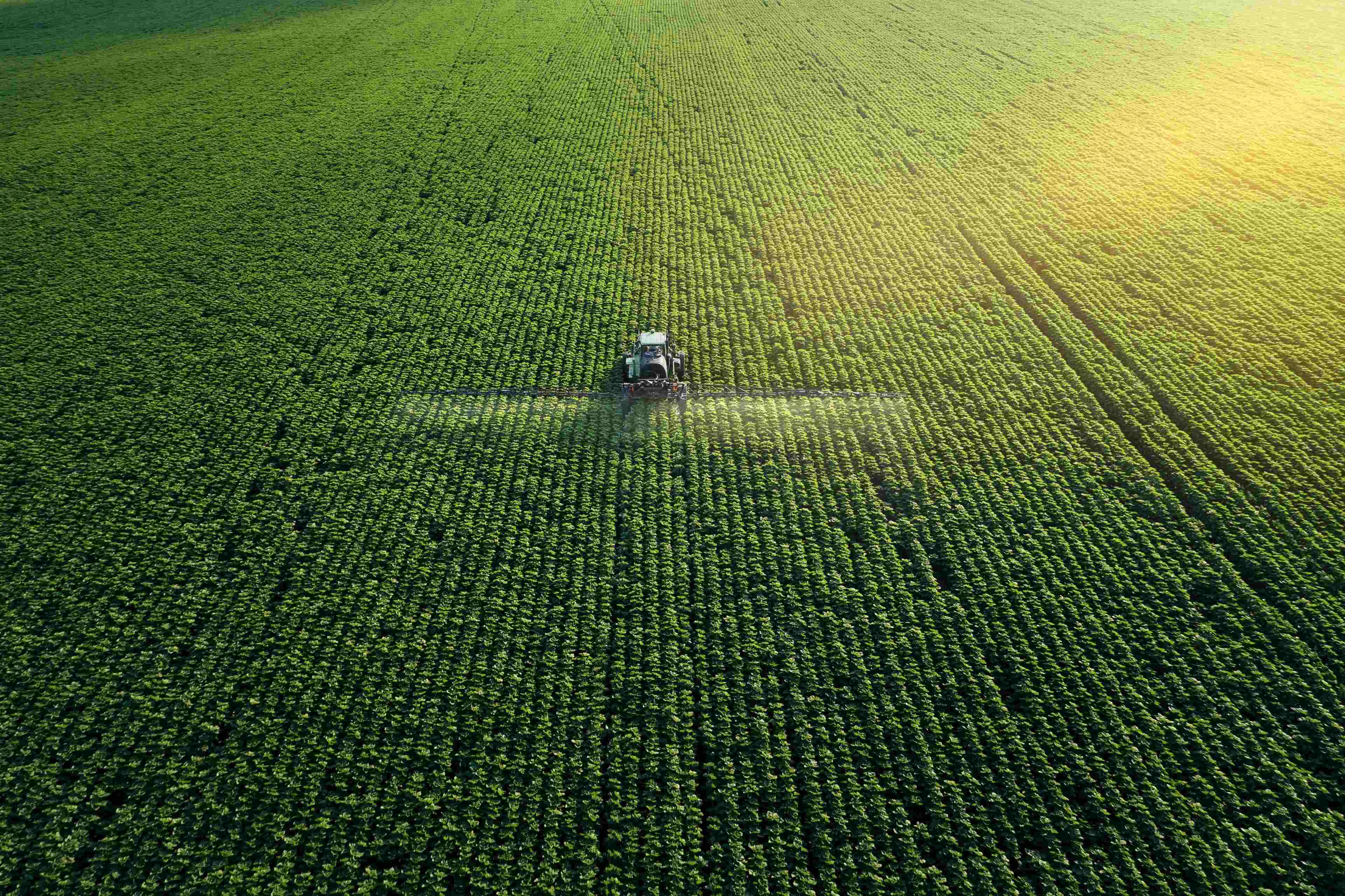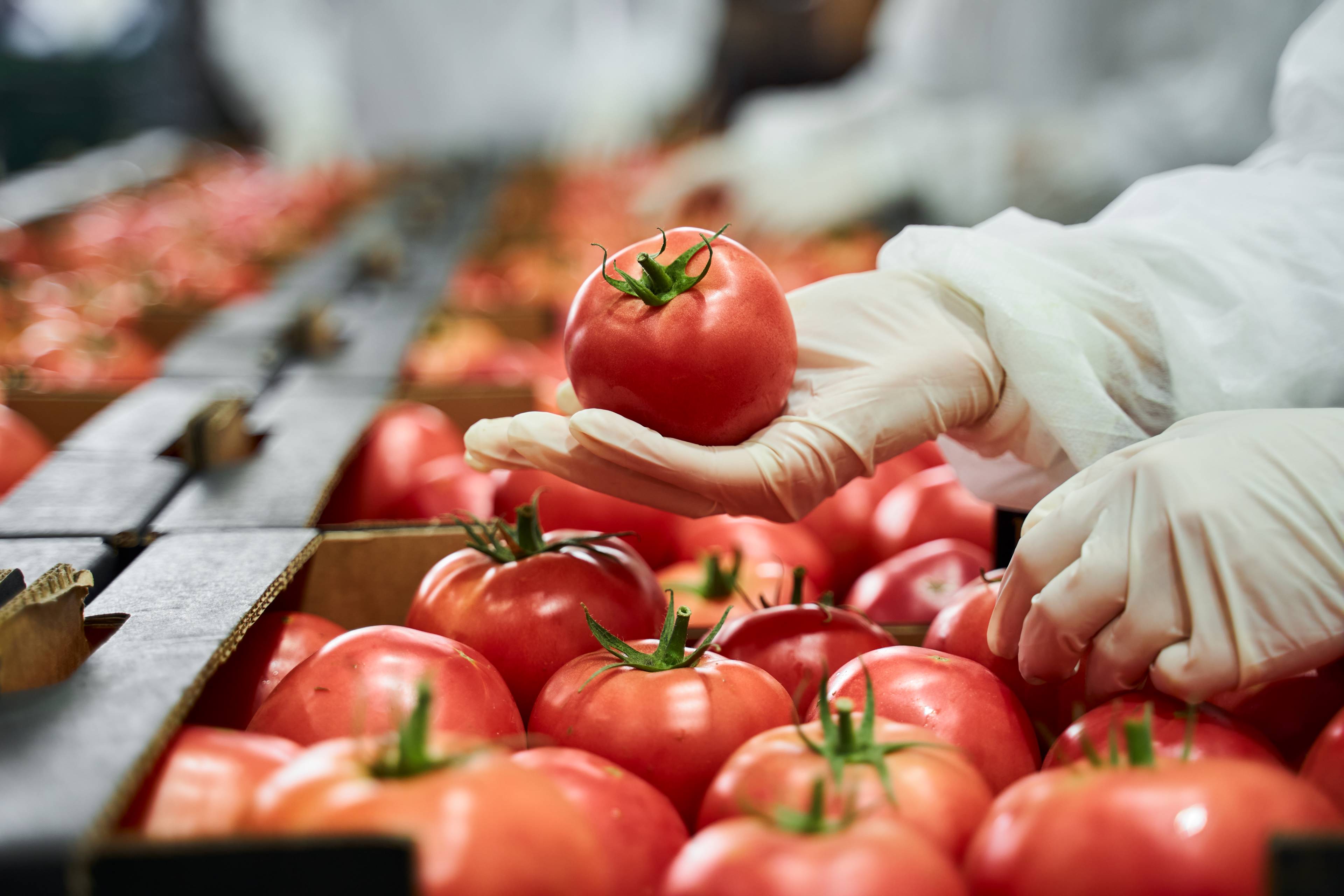
RMS checklist
As part of the Integrated Farm Assurance (IFA) version 6 standard revision, we created a residue monitoring system (RMS) checklist version 6. These changes improve visibility on RMS systems, provide more flexibility on supply chain testing, and introduce performance-based sampling plans.
RMS checklist v6
The normative criteria for RMS owners previously formed part of the IFA v5 Crops Base module in Annex Crops Base 5, part B, “Mandatory minimum criteria of a residue monitoring system (RMS).” The IFA v6 principles and criteria no longer contain guidance documents and annexes. These documents are now published independently.
“IFA v5 Crops Base, Annex Crops Base 5, part B” has therefore been replaced by the RMS checklist v6 that must be used for the assessment of RMS owners. The principles and criteria in this checklist have been updated.

Who should use the new RMS v6 checklist?
MRL testing is a requirement for producers within the framework of IFA for plants. This applies to all product categories except flowers and ornamentals.
With the new RMS checklist v6, MRL testing of producers is now also available for agricultural products that have already entered the supply chain. Stakeholders such as traders have the opportunity to either participate in an audited RMS or to operate their own RMS. Within the framework of the GLOBALG.A.P. Chain of Custody standard, this is optional and not a requirement.
Key documents
Residue Monitoring System (RMS)
Checklists
V6
English | Last updated: 29/11/2024
xlsx
Checklists
V6
English | Last updated: 29/11/2024
xlsx
Checklists are documents containing standard/add-on principles and criteria which are used during the audit/assessment to check whether compliance is achieved. They may also be used to conduct self-assessments.
GLOBALG.A.P. Maximum Residue Limit (MRL) complaint procedure
Guidelines and supporting documents
V2
English | Last updated: 29/11/2024
Guidelines and supporting documents
V2
English | Last updated: 29/11/2024
Guidelines and supporting documents are developed by the GLOBALG.A.P. Secretariat to help producers understand the terminology, legal requirements, and farm-level implementation of GLOBALG.A.P. standards and add-ons.